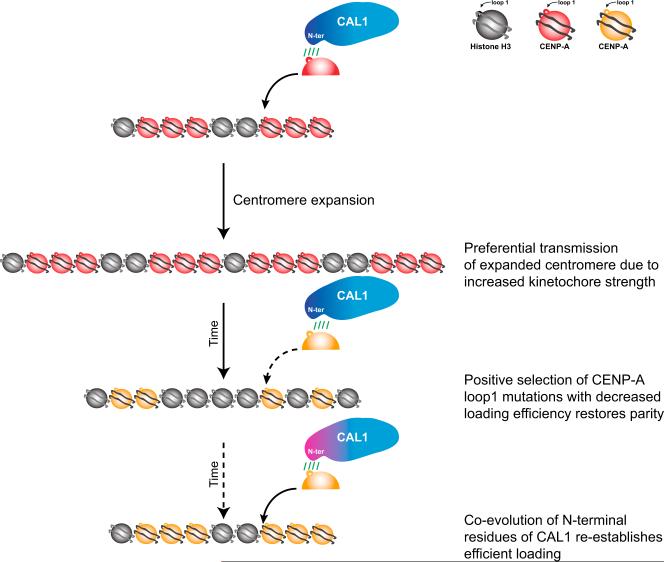Figure 6. Model for the Co-evolution of CENP-A L1 and CAL1 in the Context of Centromere Drive.
CENP-A centromeric deposition by CAL1 requires compatibility between the CAL1 N terminus and L1 (loop 1) of CENP-A. When centromere expansion occurs as a result of unequal crossover during meiosis, the larger and thus stronger centromere will be preferentially transmitted to the next generation (centromere drive) (Henikoff and Malik, 2002; Malik and Henikoff, 2002). To restore meiotic parity, positive selection of L1 mutations (Malik and Henikoff, 2001) weakens the ability of CAL1 to assemble CENP-A into chromatin, resulting in lower levels of CENP-A being deposited. The N terminus of CAL1 co-evolves, albeit at a slower rate, and re-establishes efficient CENP-A deposition, thereby maintaining centromere identity.

